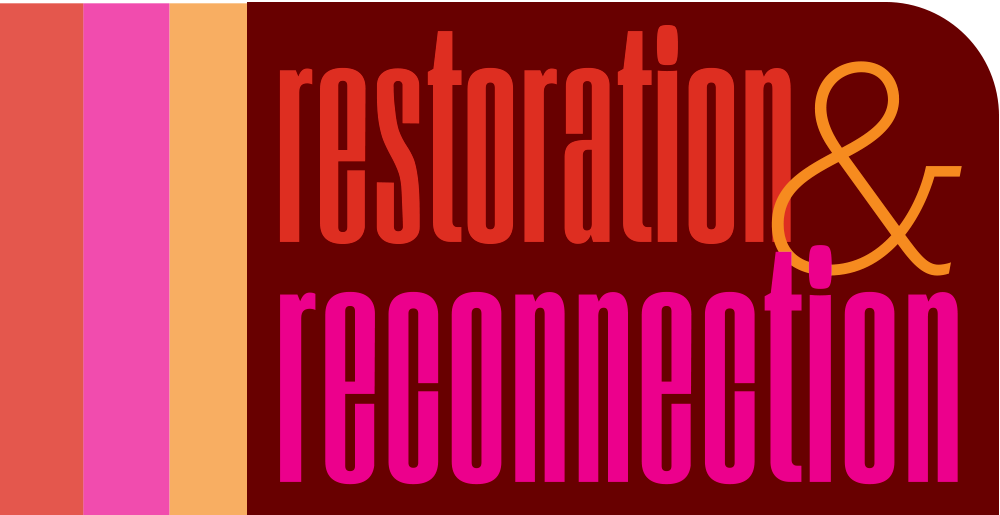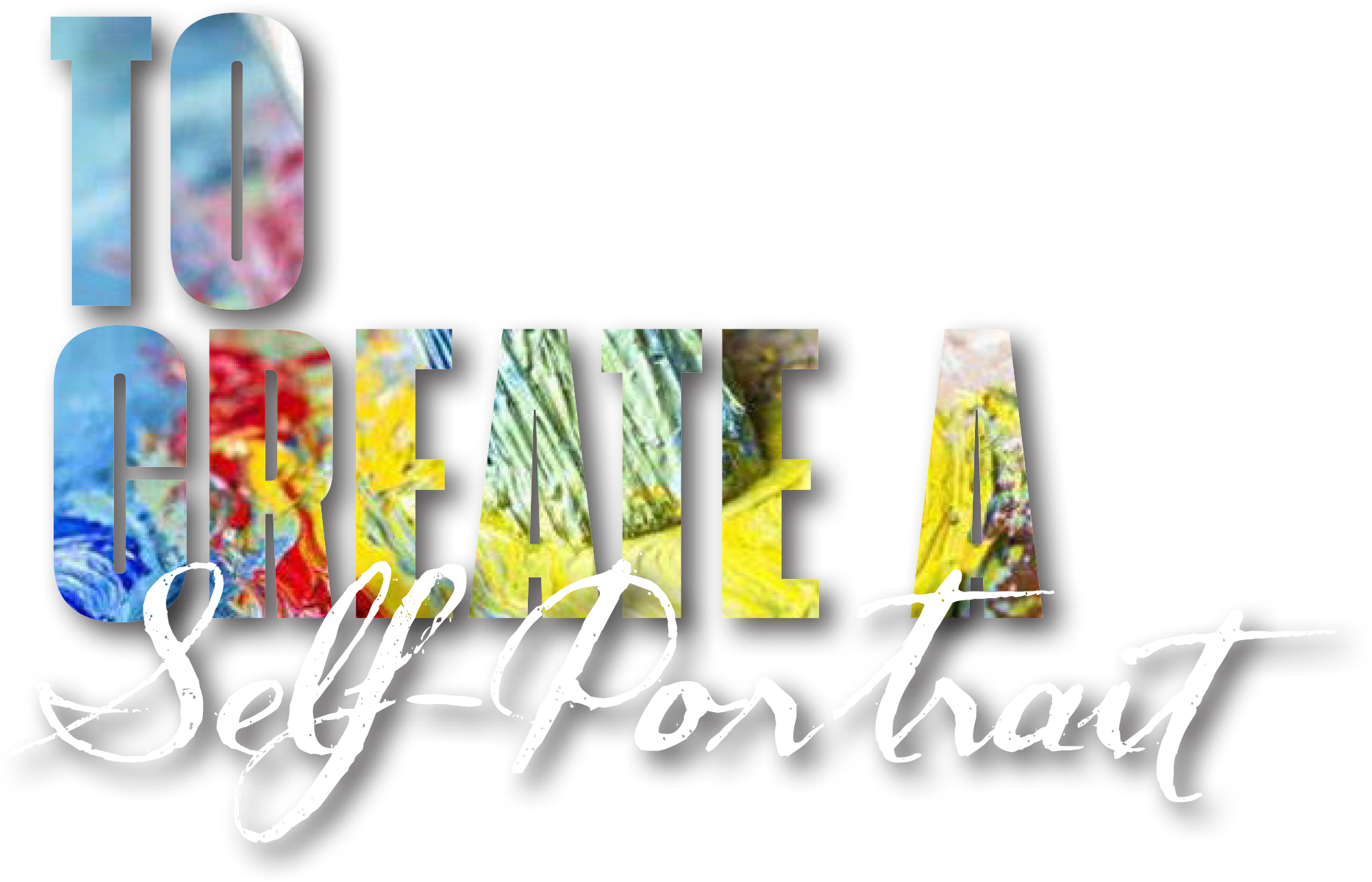

 outh today face many barriers as they navigate their lives. Socioeconomic status, housing, family finances, mental health, access to adequate education, family relations, and peer pressure are factors that play a role in the life choices that youth make. Youth turn to unhealthy coping mechanisms to handle the challenges of their everyday lives, like when they do not have access to their basic needs or lack a support system and quality providers to address physical, emotional and mental health needs. This often leads youth to go into “survival mode,” making poor choices that cause them to become one of the 60,000 youth under 18 who are incarcerated in the U.S. on any given day1.
outh today face many barriers as they navigate their lives. Socioeconomic status, housing, family finances, mental health, access to adequate education, family relations, and peer pressure are factors that play a role in the life choices that youth make. Youth turn to unhealthy coping mechanisms to handle the challenges of their everyday lives, like when they do not have access to their basic needs or lack a support system and quality providers to address physical, emotional and mental health needs. This often leads youth to go into “survival mode,” making poor choices that cause them to become one of the 60,000 youth under 18 who are incarcerated in the U.S. on any given day1.
The rationalization for their choices starts small. “I am selling drugs to support my family.” “I make more doing this than working a legal job!” “I am doing this to maintain a certain lifestyle!” “My peers are doing the same thing!” “Everyone I know is doing it!” “I am doing this to cope!” “What else can I do?” They reach a point where prison is the outcome, a place where nothing is left but time. In prison, many youth review the trajectory of life and pinpoint what led them behind bars. They begin to paint a new portrait of themselves.
Let’s go back to the beginning; let’s paint a picture.
A painting comes to fruition with the help of a canvas, paint, and a few brushes. Life starts as a blank canvas. Growing from children to youth to adulthood, there are a plethora of experiences that challenge and mold identity. Family, friends, education, employment, culture, and community contribute to the picture we become. These experiences are the paint strokes that begin to form on the painting. Values and beliefs are the brush. The brush navigates these experiences and begins to paint a picture of who we are.
Experiences are life’s greatest teacher. To fundamentally understand the human portrait, we must understand the portrait’s brush strokes. Ultimately, identity can be discovered through the impact of life’s experiences. It is imperative to meet yourself where you are to begin to redefine yourself and the life you are living. This is the beginning of self-awareness. When our experiences do not align with our values and beliefs, our painting becomes an enigma, a blur of colors and confusion. This is the time to submit to the process of painting an authentic picture that is true to you. This means being honest with yourself.
As you work on becoming the portrait you would like to be, it is important to be intentional about self-reflection. Keep in mind that you will always be learning and growing. Seek to thrive, not merely to exist. Create a painting that reflects growth. Find your internal motivation. If you commit to the process, that painting will eventually be a beautiful self-portrait.